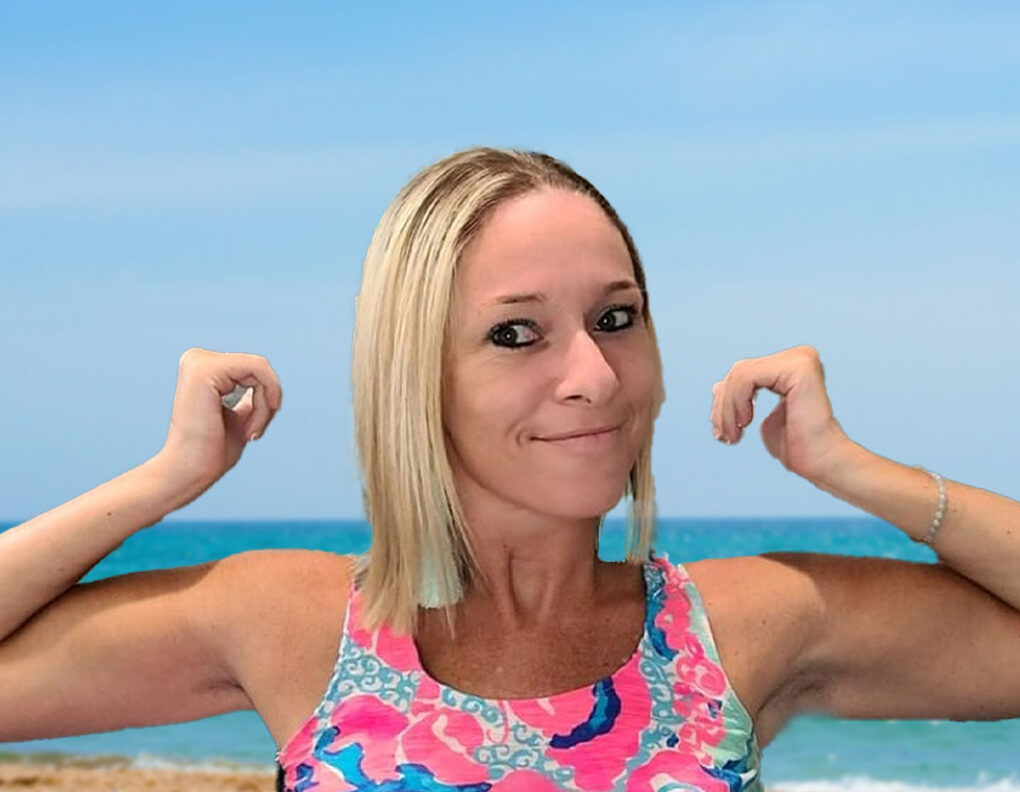I am here to support you!
Accessibility, Accommodations, and Disability Inclusion Statement
Website Accessibility
I am committed to providing a website that is accessible to the widest possible audience, regardless of your technology preference, adaptive engagement or access needs. If you find any areas of this website that don’t work well for you, please let me know and I am happy to help or take advice on improvement.
Just as I am consistently working to build my speaking career, I am also learning how to improve digital accessibility for those who move, think, sense, and communicate differently. As a C6 quadriplegic myself I have my own access needs and those with various disabilities have their own.
I will not always get it right, but I do believe in making changes to improve this website to make it understandable, usable, and accessible for all users – including yourself. It’s all about “progress over perfection.”
As a solo entrepreneur, many of us are restricted by funding for full remediation of website accessibility. With that in mind, I’ve done my best working with wonderful volunteers around the world to help make this website initially accessible for most people. However, I acknowledge that there may be screen readers that have some challenges with this website. Please do let me know and I will work with you to see how I can consistently improve and iterate this website as time moves on.
How I Use Language Regarding Disability
I wish to communicate in an open, considerate, clear and useful manner. Please hold us to the standard. I wish to use written language in all of our communications that is consistently respectful to everyone.
Words Matter
It’s important to consider appropriate language when talking to or about people with different lived experiences of disability or preferences and access needs. This can be difficult as there is not an agreed “correct way” to talk about disability and long-term functional differences.
We know that people make different language choices based on their region or community, and even people in the same area with similar needs don’t always agree on how to use language.
I strive to challenge and change social norms regarding disability and dismantle damaging stigmas and stereotypes through the use of language.
My Intent
Behind any words is the intent, just as when you are speaking on stage. We intend to make dialogue in speech and writing easier, to support respectful human connection and understanding.
I want to enable more positive and confident communication both across the community of people who identify as disabled in between those who do, and do not identify as disabled.
Intent in language usage aligned to it:
- I always seek to use language that respects, positively recognizes and appreciates our differences.
- You can help us continue to learn by sharing your preferences and thoughts. Please tell me if something we have said or written doesn’t resonate with you, or if you particularly like the way we have used language and want us to keep using the same approach.
- I will make mistakes and also correct them as quickly as we can and learn from them.
“Disability” has more than one meaning
Disability can be a confusing word sometimes as it can mean three different things, which can be appropriate in context:
- My unmet needs: this meaning comes from the social model of disability, which highlights how a mismatch between a design and a person’s needs can “disable” that person, making them unable to accomplish what they set out to do. At NSA Carolinas we often say that “disability is the point at which your designs or experiences have failed to meet the needs of your customer, employees or members.”
- My identity: this meaning comes from the community or identity model of disability. Many people are proud to identify as part of the disability community and have a disability as a key part of their personal identity as they may do their gender, ethnic background or other personal characteristics.
- My legal rights: This meaning comes from the Human Rights model of disability. “Persons with disabilities include those who have long-term physical, mental, intellectual or sensory impairments which in interaction with various barriers may hinder their full and effective participation in society on an equal basis with others.”
When I use the word “disability,” I will always try to make my meaning clear based on the rest of what we write around the word.
Not all people with access needs identify as disabled.
Many people who are regularly failed by the design of environments, websites, or experiences, and who have human and legal rights due to their diverse functional needs, do not identify as disabled. We are very conscious of including them in our community, insights, and the work we do.
Disability as an identity can be chosen by our community as and where it suits them.
How Can I Be More Accommodating?
If you have specific access need requirements, please email me at [email protected].
Please share any opportunities for improvement on this website or in any other communication you receive. I appreciate you excavation point

